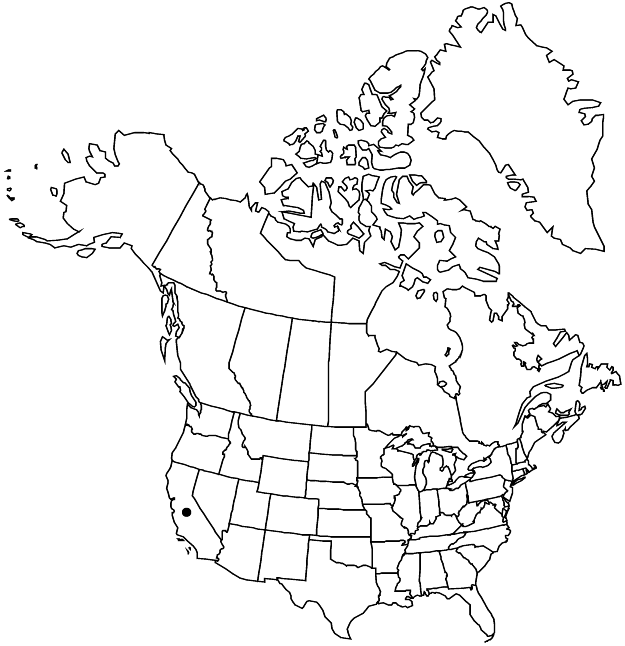Eriogonum eremicola
Leafl. W. Bot. 10: 174. 1965.
Herbs, spreading, annual, 0.8–2.5 dm, glandular, greenish to reddish. Stems: caudex absent; aerial flowering-stems erect, solid, not fistulose, 0.3–1 dm, glandular. Leaves basal; petiole 1–3 cm, floccose; leaf-blade rounded, 1–2.5 × 1–2.5 cm, densely white-tomentose abaxially, floccose or glabrous and greenish adaxially, margins plane. Inflorescences cymose, open to somewhat diffuse, 5–20 × 5–20 cm; branches glandular; bracts 3, scalelike, 1–2 × 0.5–1.5 mm. Peduncles absent or deflexed, straight, slender, (0.1–) 0.5–1 cm, glandular. Involucres turbinate-campanulate, 1.8–2 × 1–1.5 mm, glandular; teeth 5, erect, 0.5–0.8 mm. Flowers 2–2.5 mm; perianth white with red midribs, becoming red, glabrous; tepals monomorphic, oblong-ovate; stamens exserted, 2–2.5 mm; filaments glabrous. Achenes brown, 3-gonous, 2–2.5 mm, glabrous.
Phenology: Flowering Jun–Sep.
Habitat: Sandy to gravelly slopes, sagebrush and mountain mahogany communities, montane conifer woodlands
Elevation: 220-3100 m
Discussion
Of conservation concern.
Eriogonum eremicola is rare to infrequent, known only from the New York Butte area of the Inyo Mountains and the Telescope Peak area of the Panamint Range in Inyo County. The Bureau of Land Management considers it a “sensitive” species, and it is well protected in Death Valley National Park.
Selected References
None.
Lower Taxa
"dm" is not declared as a valid unit of measurement for this property.
